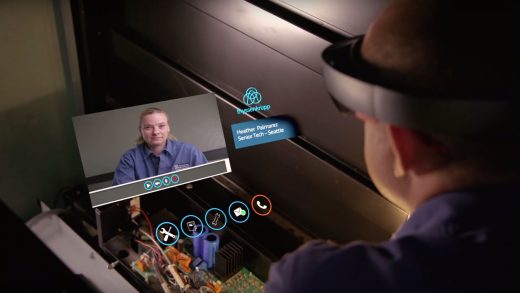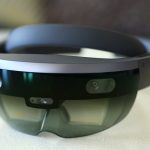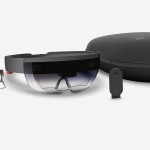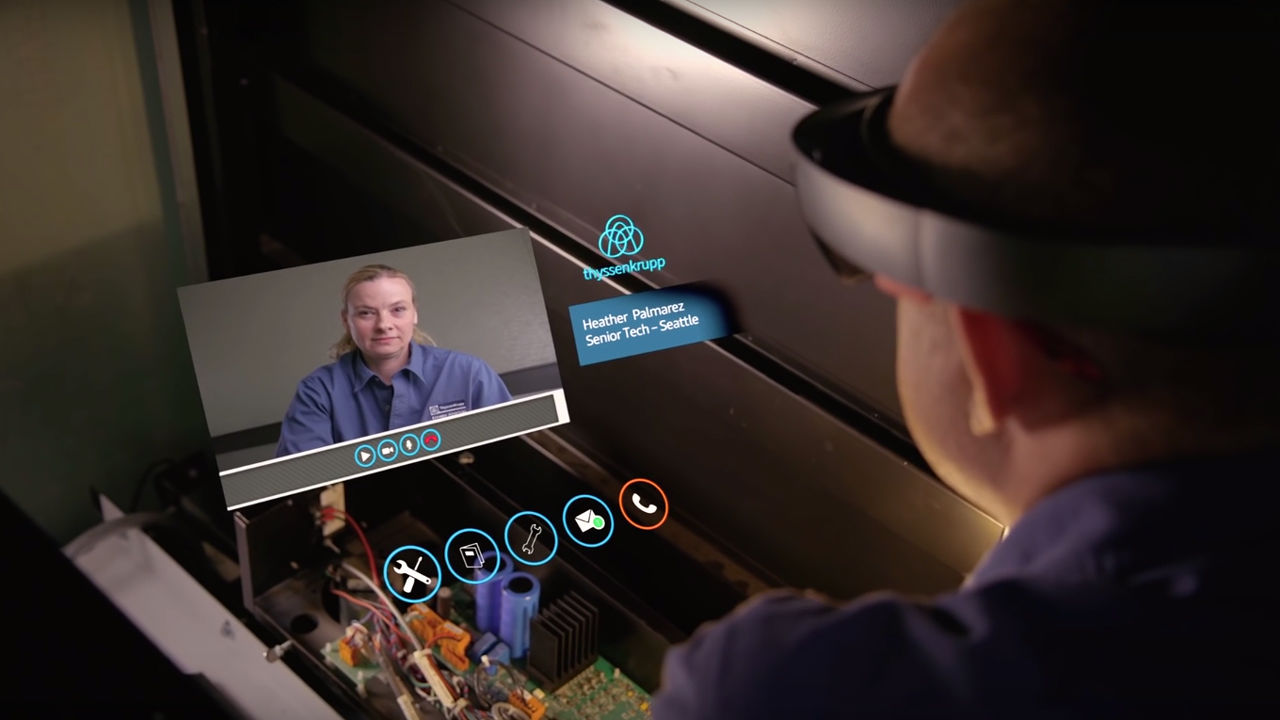With Hololens, Microsoft Is Learning From Google Glass’s Failure
“The space in our cities is limited,” says Andreas Shierenbeck, CEO of ThyssenKrupp Elevator, a company that builds and maintains elevators worldwide. He’s speaking to a small audience in a room with panoramic views of lower Manhattan, 63 stories off the street. Naturally, he’s talking about the need for more elevators in densely packed cities that want to squeeze more living and office quarters into unoccupied vertical spaces.
New York is home to a glut of devices that move us up and down: 71,000 in total. Half of those are more than 20 years old according to Shierenbeck. To keep them in working order, his company is developing software for the Microsoft Hololens that will both train elevator repairmen on how to work on different elements of an elevator and understand a variety of parts. The holographic training guide will also enable workers to reference tutorials in augmented reality on their headset while they’re simultaneously working on a broken elevator. Since the Hololens already connects to Skype, workers could also call various part manufacturers or a supervisor for guidance on implementation.
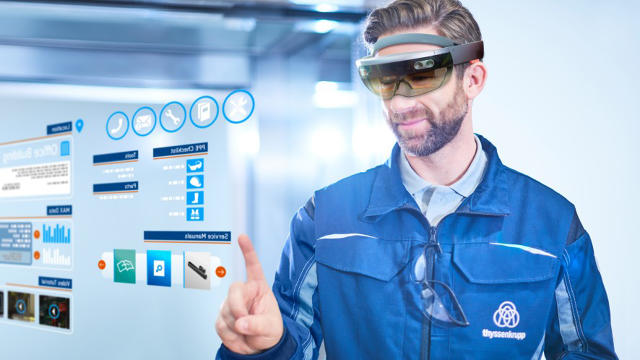
This example, elevator repair, represents the future of augmented reality—a field that Google tried to capitalize on with its innovative eyewear Google Glass. Where Google Glass failed and where Microsoft’s Hololens seems poised to succeed is the device’s use as a tool for the working man rather than a consumer headset for gamers.
Many reviewers have already touted the Hololens’ superiority to Google’s now defunct Glass. And while the user experience may be richer, what really stands out is who is using the device and how. The developer edition of the Hololens began shipping to initial customers in March and then in August, Microsoft opened it up to all buyers in the U.S. and Canada. Since its debut the device has most publicly been used by NASA as a holographic set of instructions for astronauts aboard the International Space Station. NASA’s Jet Propulsion Lab has also taken advantage of the headset, using it to explore holographic images of Mars captured by the Mars Rover.
But now we’re seeing plenty of other industries emerging to take advantage of the potential of augmented reality. Trimble, a firm that designs applications for architects is working with the Hololens to create a holographic collaboration interface. This year, Japan Airlines demonstrated how an engine technician would use the Hololens to go from checking email to reviewing engine components.
Meanwhile, for ThyssenKrupp, the Hololens represents major possibilities forward for elevator repairmen who often have to wait days for assistance from component companies located in other time zones. For now, ThyssenKrupp workers will start experimenting with using Skype to enable on-site repair collaboration, while it builds out a bigger suite of training tools. These sorts of perfunctory applications may seem boring at a glance, but for many they represent the future of work.
Fast Company , Read Full Story
(21)

